All the pros and cons of interior doors: what material to choose from and why?
Solid wood, veneer, laminate, MDF, glass... How not to get confused in the materials from which interior doors are made, in their properties and characteristics, in order to ultimately choose a door with the best combination of price / functionality? We understand the advantages and disadvantages of interior doors.
Solid wood interior doors
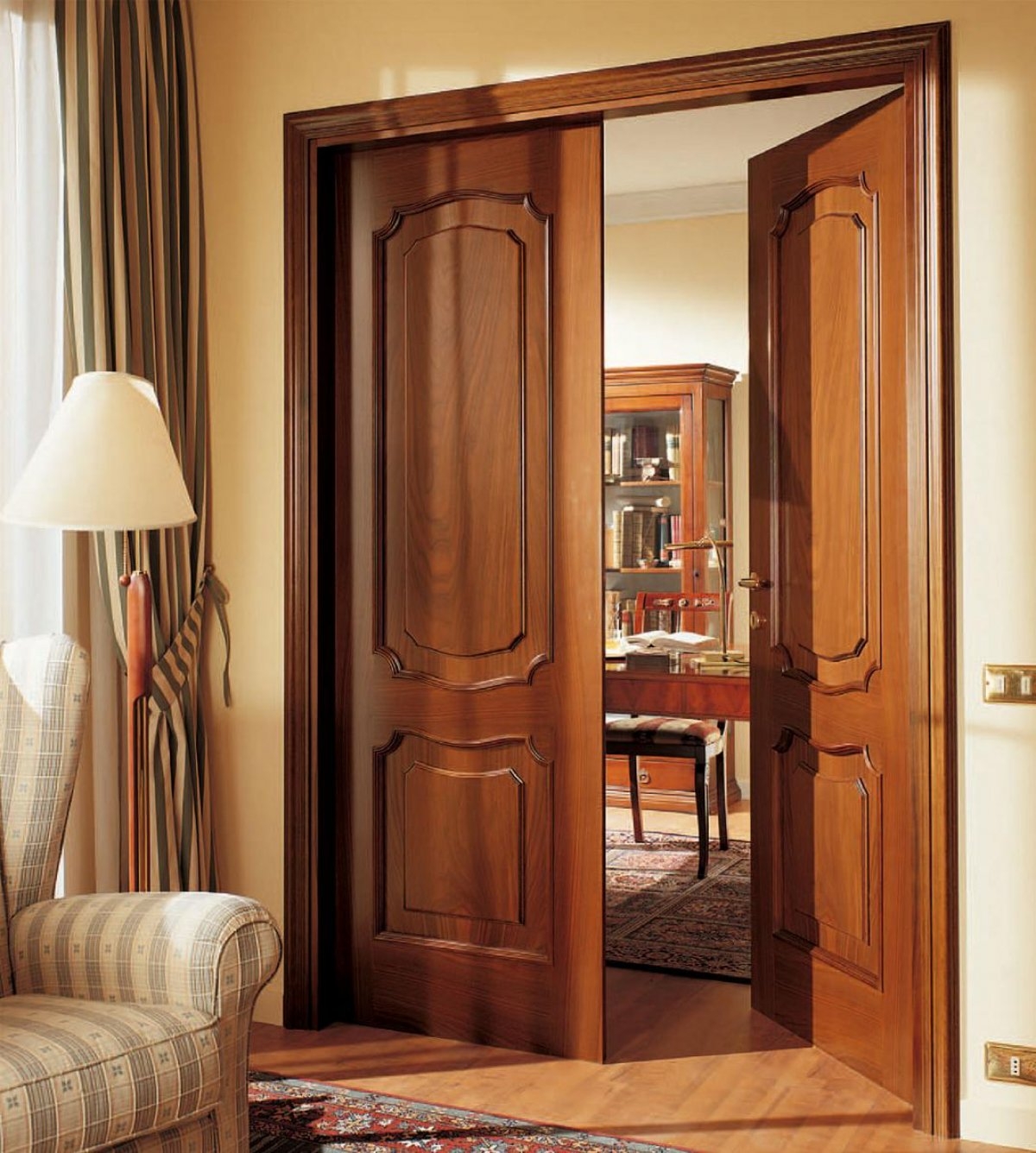
Prices for such doors primarily depend on the type and quality of preparation of the wood from which they are made, and secondly, on its size, thickness and method of processing/decoration. The premium segment includes hardwoods: maple, beech, oak, mahogany. One such door will cost at least $500.
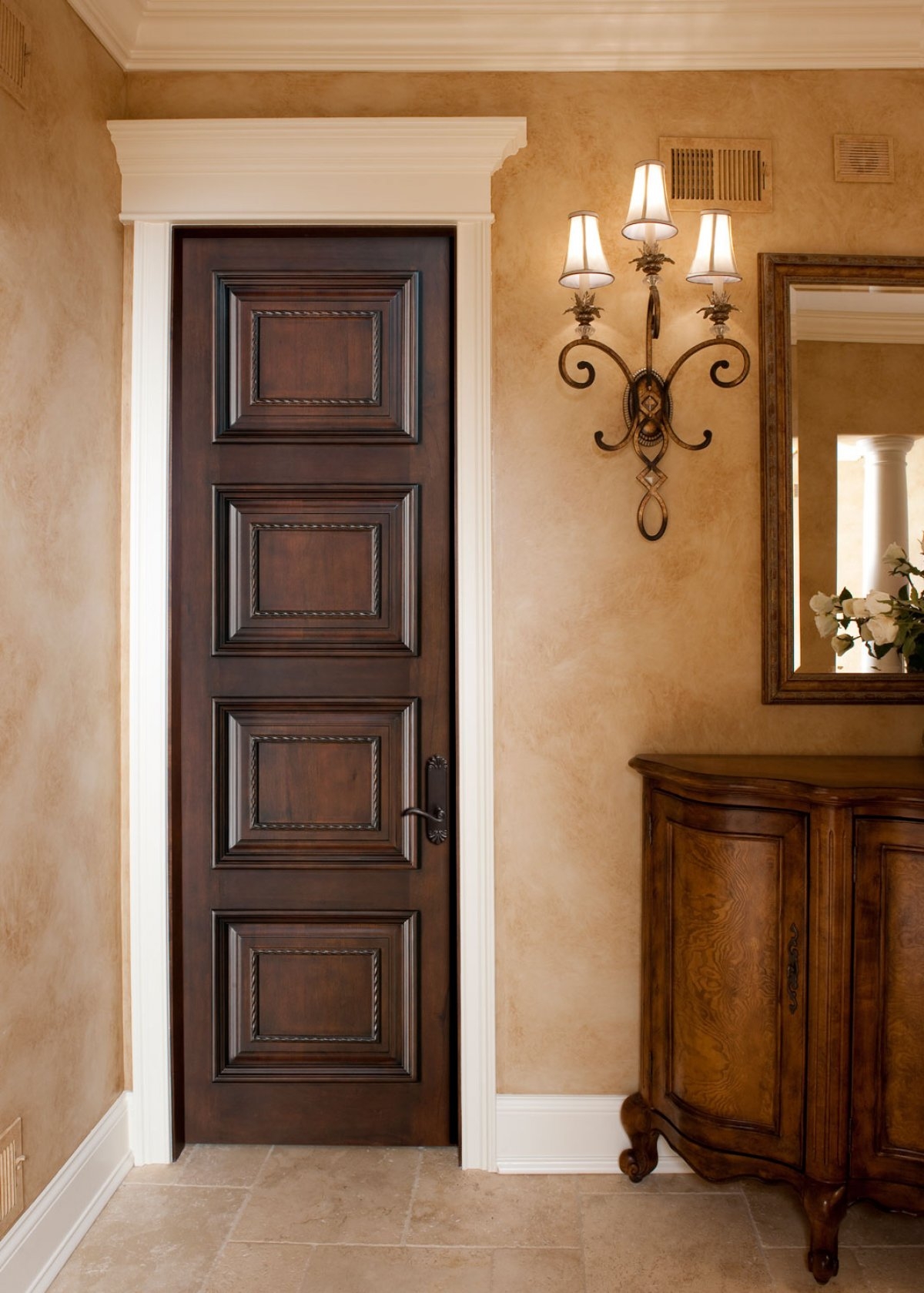
There are also more budget options for solid wood doors. These are models made from soft woods - most often pine. The lower price bar for such doors is 200 USD.
Advantages of solid wood doors:
1. Durability (doors are able to withstand severe operational and shock loads);
2. Durability (this material lasts longer than all the others);
3. Good sound insulation (determined by the density of the door, the uniformity of its filling);
4. Compliance to processing (doors with any surface shape can be made from solid wood);
Disadvantages of solid wood doors:
1. They do not tolerate changes in humidity (this is especially true for doors made of softwoods. In no case should they be installed in bathrooms);
2. Very heavy (this factor must be taken into account when choosing fittings - it must be designed for the appropriate load);
3. In the case of using low-quality materials, they are prone to the appearance of cracks (if the wood was poorly dried initially, then cracks in the doors will appear very quickly).
Unfortunately, all the advantages of solid wood doors can be nullified by poor wood preparation. If the material was poorly dried, then the doors deform quite quickly. In the case of coniferous trees, resinousness is also added: knots in wood, painted with a thin layer of light paint, can darken over time.
Veneered doors
The use of veneer in production significantly reduces the cost of interior doors. The veneer is a thin slice of wood, approximately 0.6-1 mm thick. Then this veneer is used to cover a hollow (most often) or full-bodied (made from bars, or even made from solid inexpensive wood) door. The result is a completely eco-friendly (both inside and outside) door, with the appearance of a solid wood door, at a much lower cost.
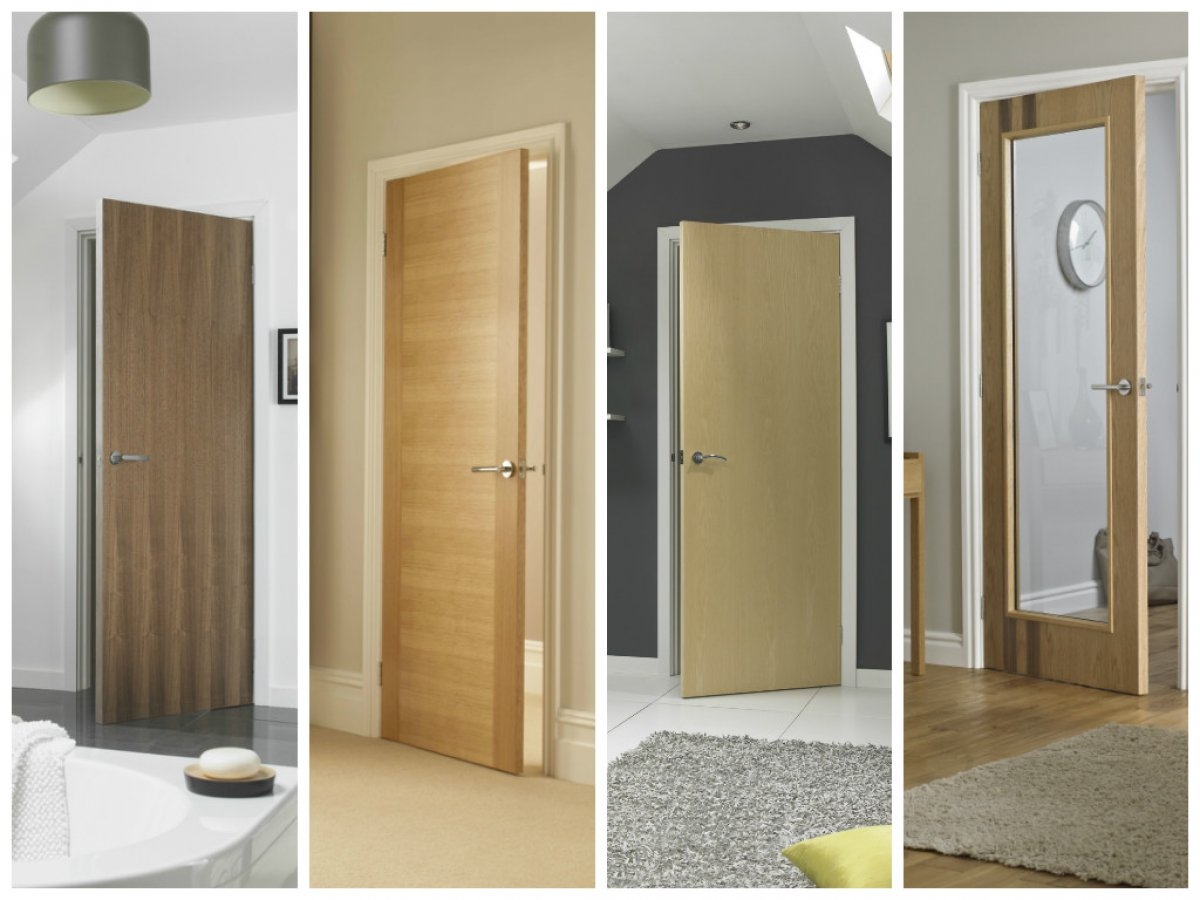
Advantages of veneered doors:
1. Moisture resistance (in cases where the veneered door is varnished - it will not absorb moisture. An excellent solution for bathrooms. Such doors can be installed in rooms where humidity reaches 80%);
2. Naturalness (veneered doors have a distinct wood texture);
3. Durability (with proper operation, a veneered door lasts 10-15 years or longer);
4. Sound insulation (according to this indicator, veneered doors are almost as good as solid wood doors, in the case of hollow doors, the indicator is somewhat worse);
5. Restorability (veneered doors can be restored if they have small scratches or abrasions).

Disadvantages of veneered doors:
1. Color change in direct sunlight;
2. Sensitivity to wet cleaning (preferably the use of special cleaners).
MDF doors
At the moment, this is one of the most budget options. And, basically, they choose it just because of the low price. In fact, MDF boards are made from wood waste. These doors are hollow inside. Most often, in the production of such doors, the array is used only in the frame, and MDF boards serve as the surface of the door leaf.
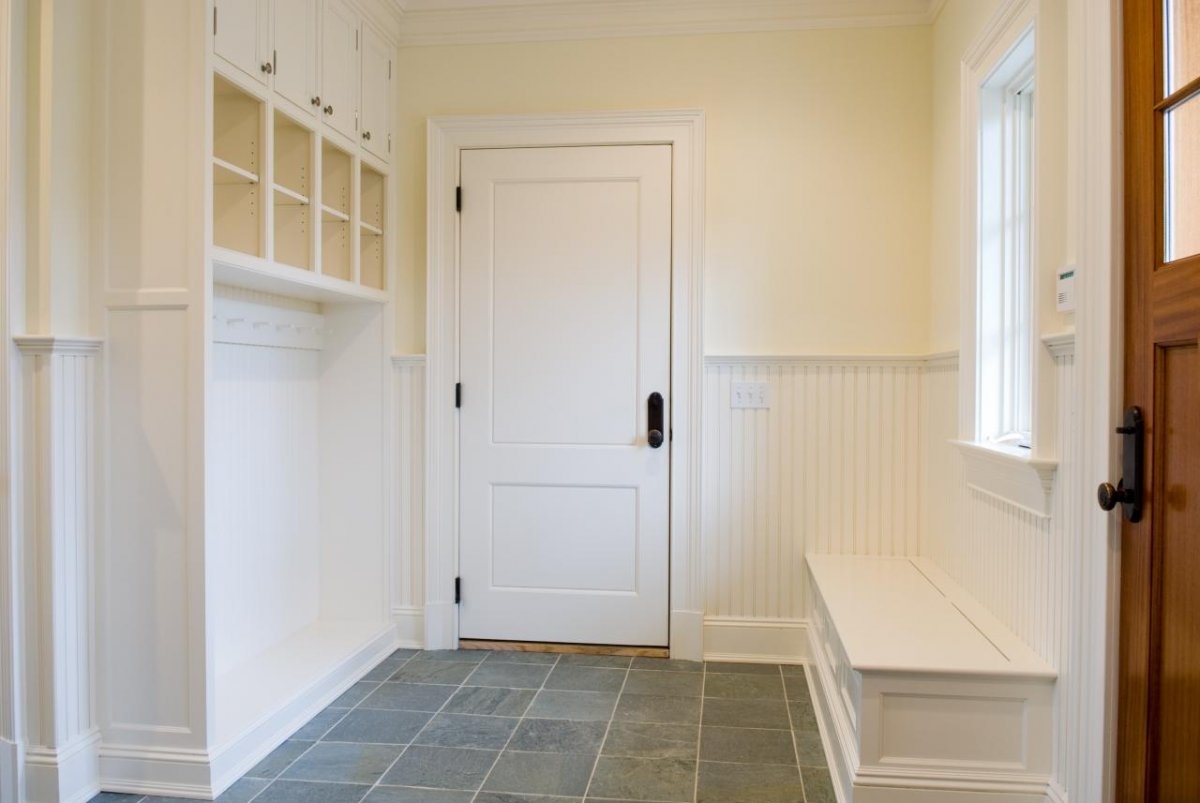
Advantages of MDF doors:
1. Low cost;
2. Decorating with any materials (MDF doors are both painted and pasted over with a film, and decorated - depending on the wishes of the client);
3. Lightness (these doors weigh very little, so any fittings are suitable for them, which further reduces the cost of doors);
4. Do not dry out (according to this indicator, the array is significantly inferior to MDF).
Disadvantages of MDF doors:
1. Insufficient strength (even a slight blow will cause a dent);
2. Not restored (dents on the canvas are almost impossible to eliminate without a trace);
3. Harmful to health (the canvas contains formaldehyde);
4. The ends of the door leaf break quickly.
Laminated doors
Laminate is used not only for floors, but also for finishing doors. In fact, it is a cheaper replacement for veneer.
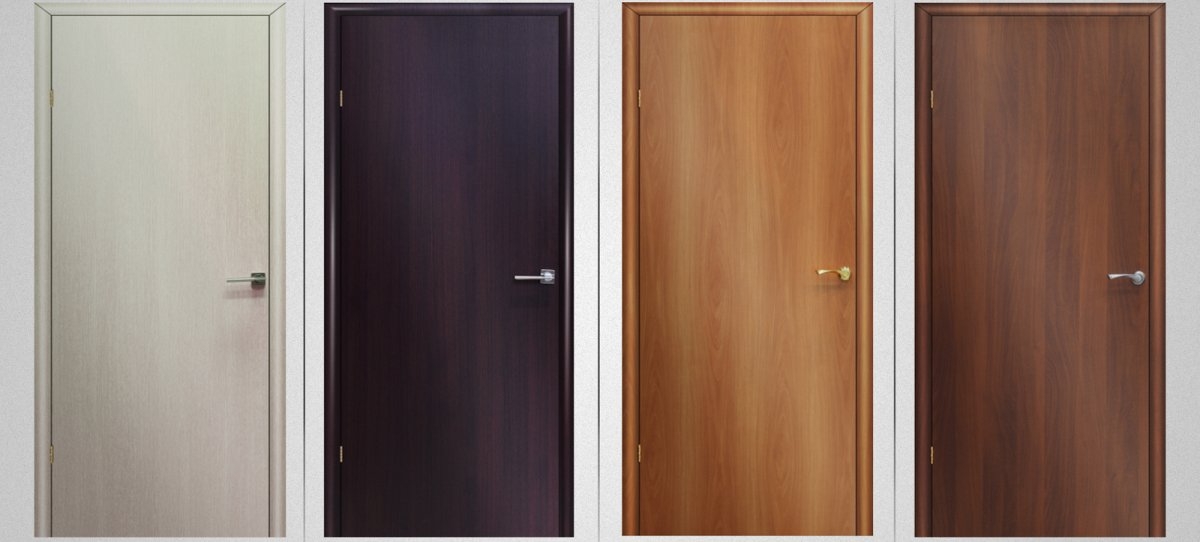
Advantages of laminated doors:
1. Wear resistance (this material is less exposed to the environment than veneer);
2. Easy to clean.
3. Variety of designs
Disadvantages of laminated doors:
1. Controversial environmental friendliness (there are practically no natural components in the film);
2. High quality laminate is expensive (at a price even comparable to veneer);
Glass doors
One of the "non-wooden" options is glass doors. Today, glass is no longer a fragile and dangerous material. Modern technologies make it possible to make doors from glass, which is difficult to damage.
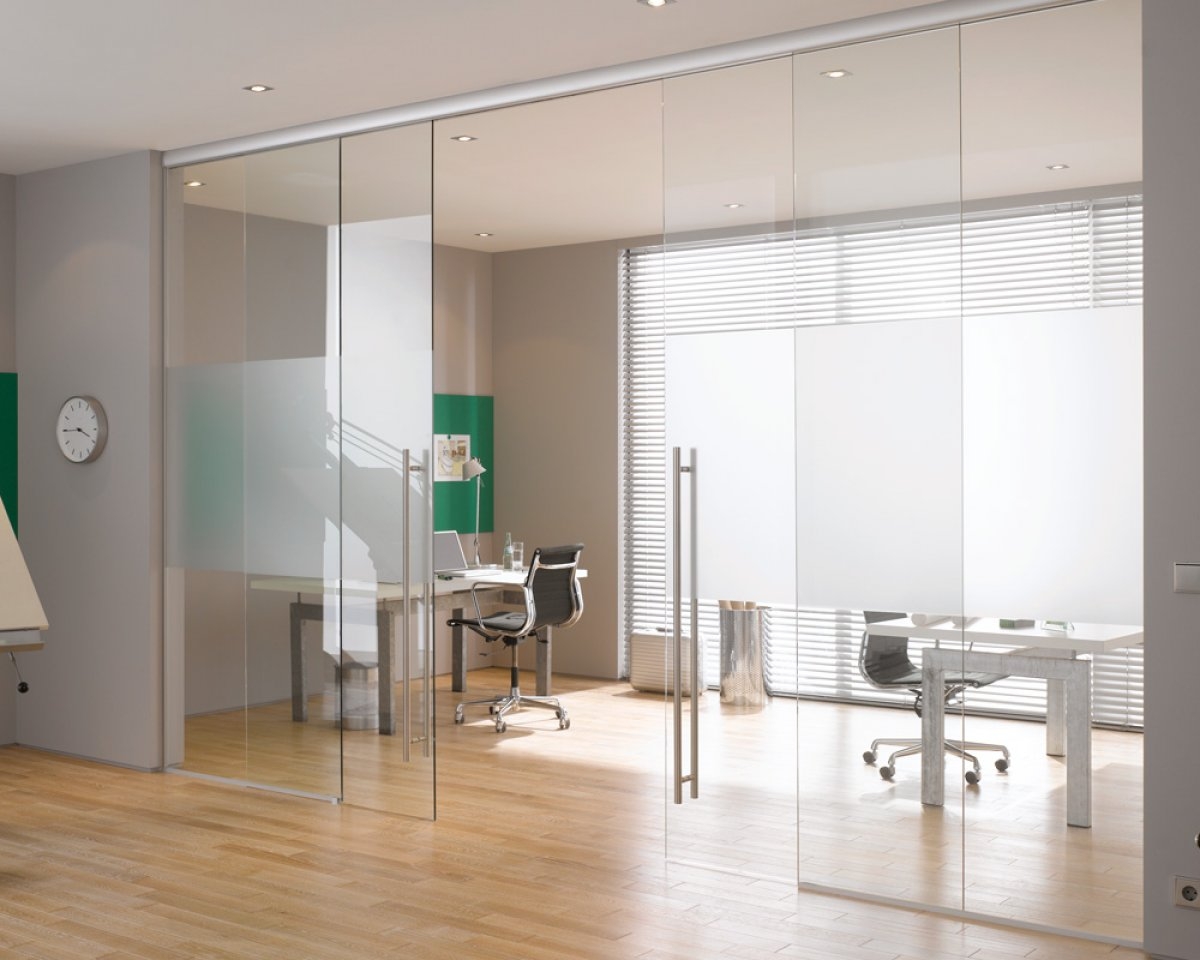
Advantages of glass doors:
1. Environmental friendliness (glass does not contain harmful chemicals and components);
2. A variety of design solutions (transparent, frosted, stained glass, colored glass allow you to transform the interior).
Disadvantages of glass doors:
1. Thermal insulation (glass doors do not retain heat);
2. Difficulty of care (any pollution, even just fingerprints on glass doors are visible too well, so they need to be washed relatively often);
3. Injury hazard (small children, and sometimes adults, may not notice a completely transparent door and hit it).
Conclusion: From the point of view of "price-quality" veneered doors look the most attractive today. In case you have small children (who like to draw on doors and walls), animals (may leave scratches) or when installing in places with high humidity (for example, in a bathroom) - it is better to choose laminated doors. Laminate is easier to clean from dirt, may have increased resistance to scratches and moisture.
Text: Natalia Shnitko
